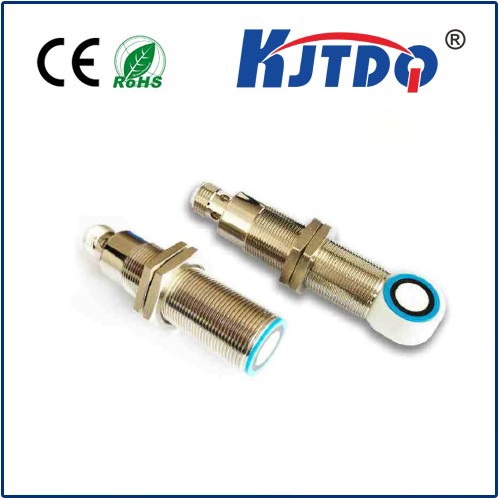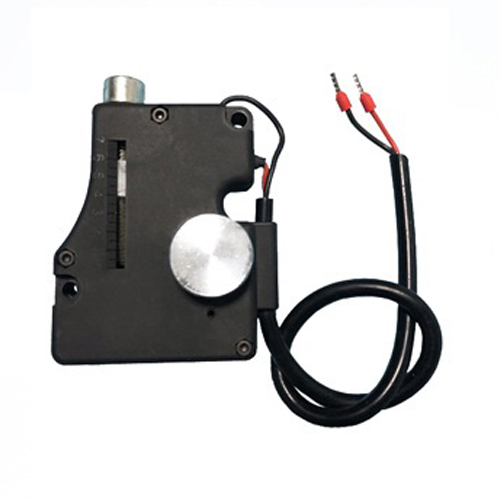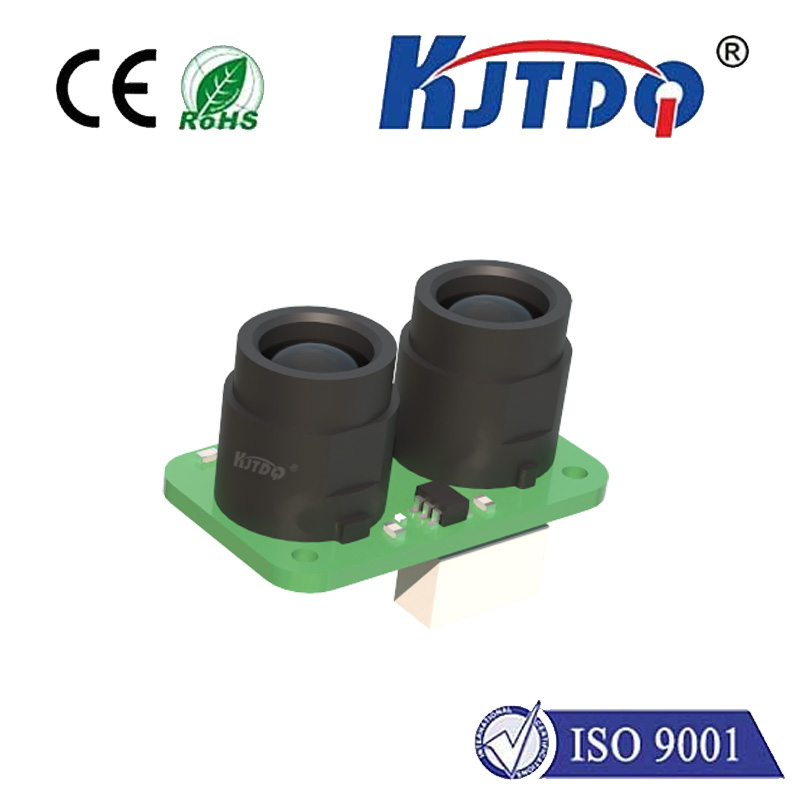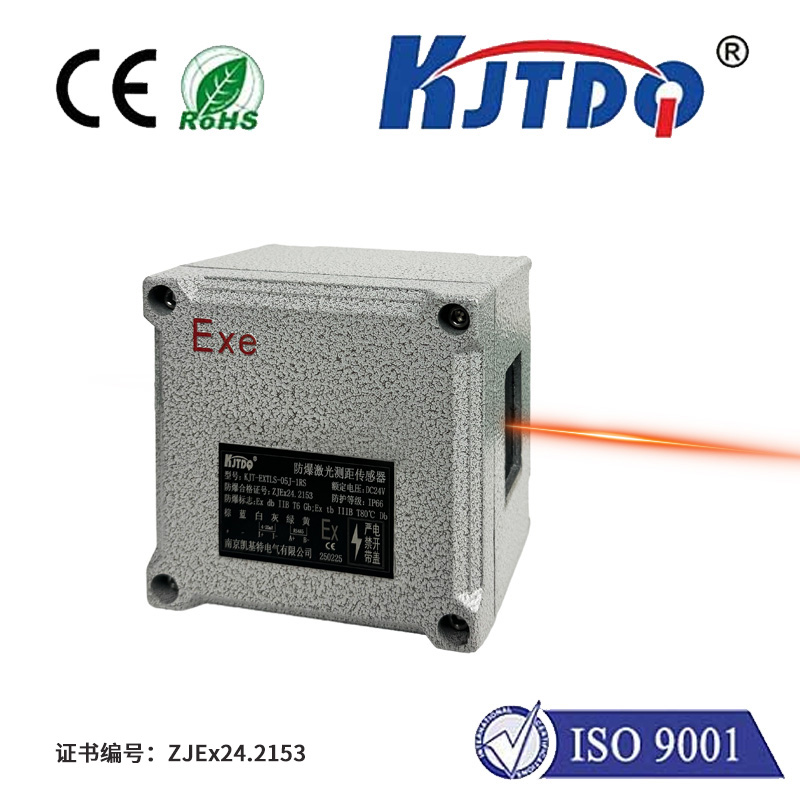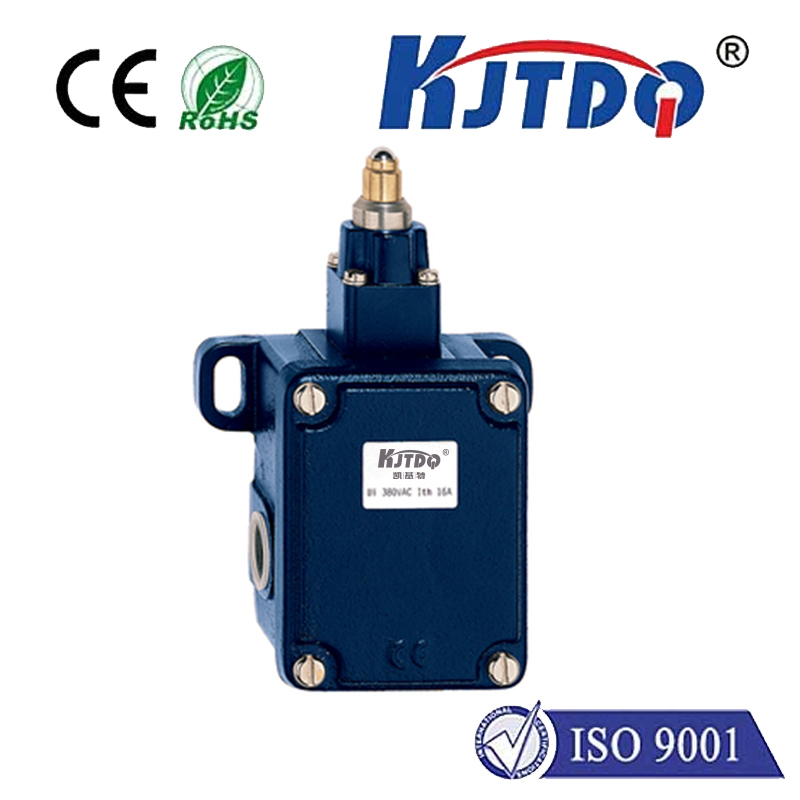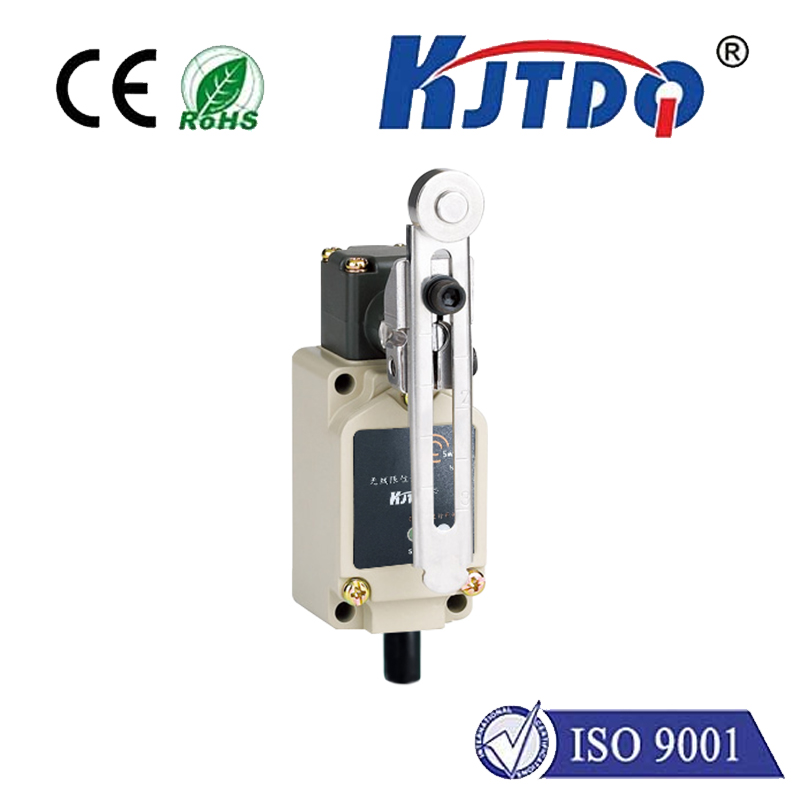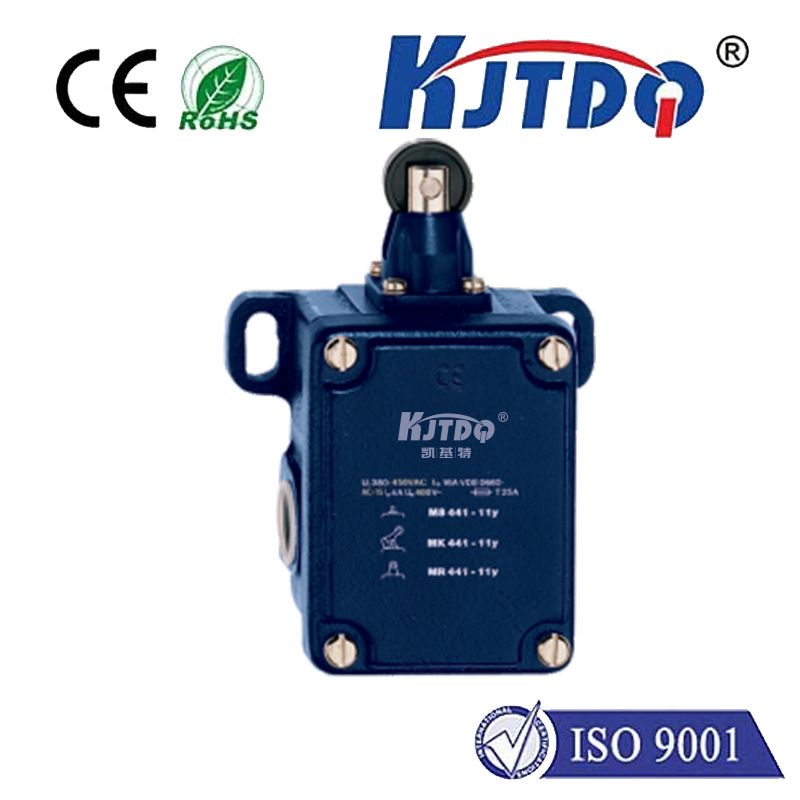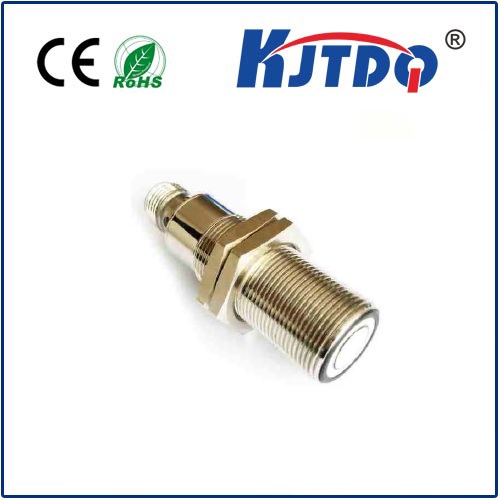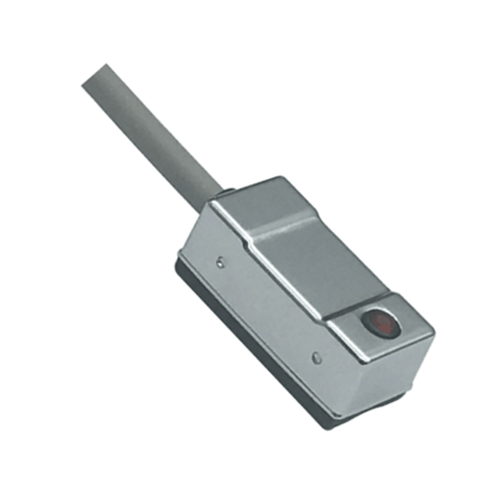E3FA-DP26-F2 24v photoelectric sensor
- time:2025-09-28 05:15:33
- Click:0
E3FA-DP26-F2: Your Reliable 24V Photoelectric Sensor for Precision Detection
Imagine a darkened factory floor. A high-speed conveyor belt snakes its way through machinery, carrying an endless stream of packages. Suddenly, a critical component jams. Production halts. Minutes tick by, costing thousands. How could this have been prevented? Often, the answer lies in an unseen guardian: the photoelectric sensor. These ubiquitous devices are the eyes of automation, and models like the E3FA-DP26-F2 24V photoelectric sensor play a pivotal role in ensuring smooth, efficient, and safe operations across countless industries.
At its core, the E3FA-DP26-F2 is a sophisticated diffuse reflective photoelectric sensor. This means it contains both the light emitter (usually an infrared LED) and the receiver within a single, compact housing. It operates by emitting a beam of light towards a target. When that target enters the detection zone, a portion of the emitted light is reflected directly back to the sensor’s receiver. The sensor’s internal circuitry detects this change in received light intensity and triggers its output signal accordingly – signifying the presence (or absence, depending on configuration) of the object. This non-contact detection method is ideal for countless applications where physical switches are impractical or unreliable.
What truly defines the E3FA-DP26-F2 in the crowded sensor market? Its specific combination of performance, durability, and electrical characteristics tailored for industrial environments:

- 24V DC Operation: The Industrial Standard: The “24V” designation is crucial. 24V DC is the predominant voltage level used in factory automation control systems (PLCs, relays, etc.). This compatibility allows the E3FA-DP26-F2 to integrate seamlessly into existing 24V DC power infrastructure without requiring cumbersome voltage converters or separate power supplies, simplifying installation and reducing costs. Its wide operating voltage range (typically 10-30V DC) ensures stable performance even with minor fluctuations common in industrial settings.
- Optimized Diffuse Reflective Sensing: Designed for reliable detection without a separate reflector, the E3FA-DP26-F2 offers a standard sensing range of approximately 300 mm (30 cm). This range is highly effective for medium-distance tasks like detecting boxes on a conveyor, monitoring part presence in machinery, or verifying bottle filling levels.
- Robust Construction for Harsh Environments: Industrial settings are tough. Dust, moisture, vibration, and accidental impacts are constant threats. The E3FA-DP26-F2 addresses this with a rugged housing boasting an Ingress Protection rating of IP67. This means it’s completely dust-tight and can withstand temporary immersion in water up to 1 meter deep. The front lens is often made of scratch-resistant materials like ceramic glass, ensuring long-term optical clarity. Its construction also provides excellent resistance to common industrial chemicals and vibration, guaranteeing longevity.
- High-Speed Response & Reliable Output: In fast-paced automation, speed is non-negotiable. This sensor features a rapid response time (typically around 1.5 ms), enabling it to reliably detect objects moving at high speeds. Its standard NPN output configuration (often Open Collector) is widely compatible with PLC input modules and other industrial controllers. The built-in stability indicator simplifies setup and troubleshooting.
- Temperature Resilience: Factories aren’t climate-controlled laboratories. The E3FA-DP26-F2 is engineered to perform consistently across a broad operating temperature range (commonly -25°C to +55°C or better), ensuring reliable detection in freezing warehouses or sweltering foundries.
Where Does the E3FA-DP26-F2 24V Photoelectric Sensor Shine?
Its versatility makes it a workhorse across diverse sectors:
- Packaging & Material Handling: Detecting cartons, bottles, cans, or totes on conveyors; verifying case sealing flaps are down; controlling sorting gates; monitoring palletizing sequences.
- Automotive Manufacturing: Verifying component presence in assembly fixtures (e.g., engines, dashboards); detecting car bodies in paint shops; controlling robot cell entry/exit.
- Food & Beverage: Checking fill levels in containers; detecting labels, caps, or missing products; confirming case packaging completeness; monitoring conveyor belt loading.
- Machinery & General Automation: Safeguarding automated processes by monitoring guard positions; detecting tool presence; counting parts; controlling automated guided vehicles (AGVs); verifying stack heights.
Why Choose a Diffuse Reflective Sensor Like the E3FA-DP26-F2?
Compared to alternatives like through-beam sensors (which require a separate emitter and receiver unit) or retro-reflective sensors (which require a reflector), diffuse sensors offer distinct advantages:
- Simplified Installation: Only one device needs mounting and wiring, significantly reducing installation time and complexity. There’s no need for precise alignment with a separate reflector or receiver across the detection path.
- Cost-Effectiveness: Eliminating the need for a second unit (emitter/receiver pair) or a reflector lowers overall hardware costs.
- Versatility: They can detect a wide variety of objects – shiny, matte, opaque, transparent (to a degree), without needing specific reflective tape or targets. The detection is based on the inherent reflectivity of the object itself.
Integrating the E3FA-DP26-F2: Key Considerations for Success
While powerful and reliable, achieving optimal performance requires attention:
- Target Properties: The object’s color, material, surface finish (shiny vs. matte), size, and approach angle all impact detection reliability. Testing with the actual target under operating conditions is essential. Shiny targets or abrupt angles might require adjustment or specific mounting positions.
- Background Interference: Since diffuse sensors rely on reflected light, highly reflective backgrounds close to the sensor can sometimes cause false triggers. Careful mounting and potentially adjusting the sensor’s sensitivity or orientation mitigate this.
- Environmental Factors: Extreme dust, heavy fog, or intense ambient light in specific wavelengths can interfere. While rated IP67, ensuring the lens stays clean is vital for consistent operation. The sensor’s robust design helps, but awareness of the specific environment is key.
- Mounting Stability: Secure mounting minimizes vibration effects that could potentially impact detection stability, especially for smaller targets at the limit of the sensing range.
For engineers, maintenance technicians, and automation professionals seeking a dependable, easy-to-integrate detection solution within a 24V DC system, the E3FA-DP26-F2 photoelectric sensor stands out. Its specific blend of diffuse reflective operation, environmental robustness (especially IP67), 24V DC compatibility, and proven reliability in medium-range applications makes it an indispensable tool. It exemplifies how a well-designed component contributes significantly to the efficiency, safety, and productivity of modern automated systems, operating silently yet effectively as the vigilant eyes of the factory floor.







